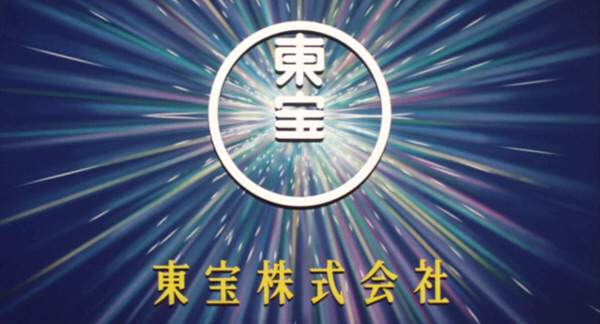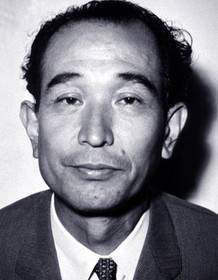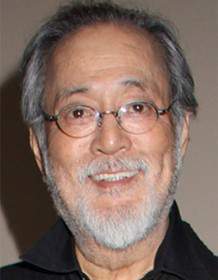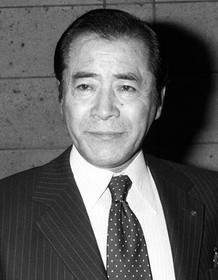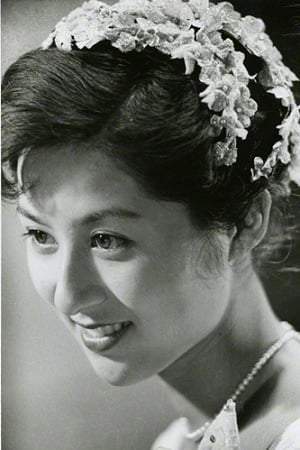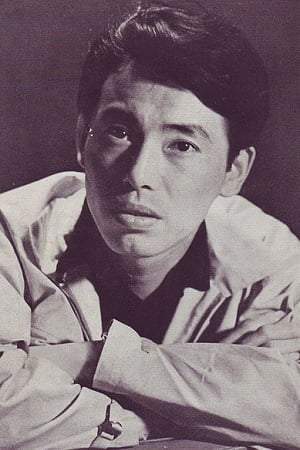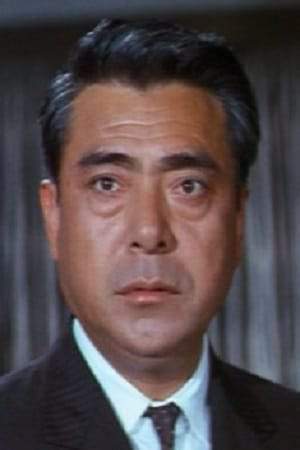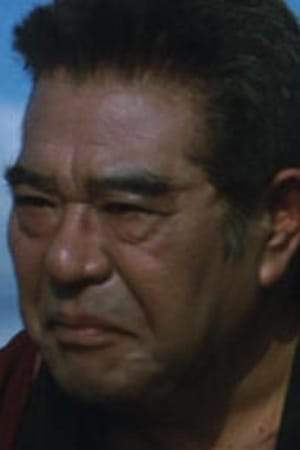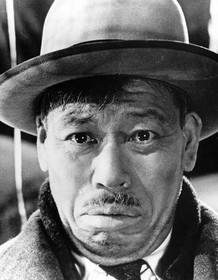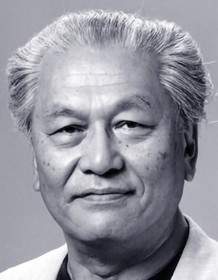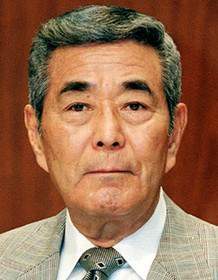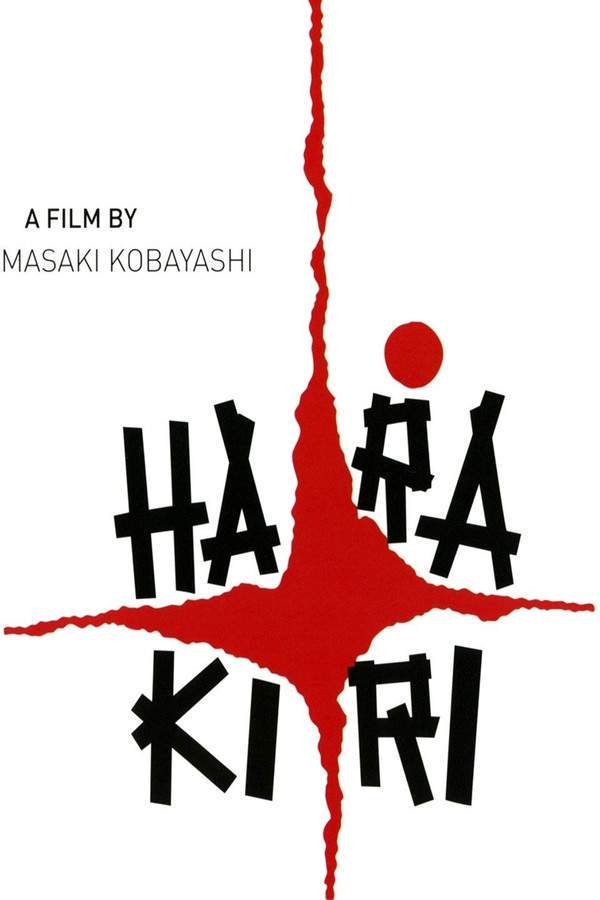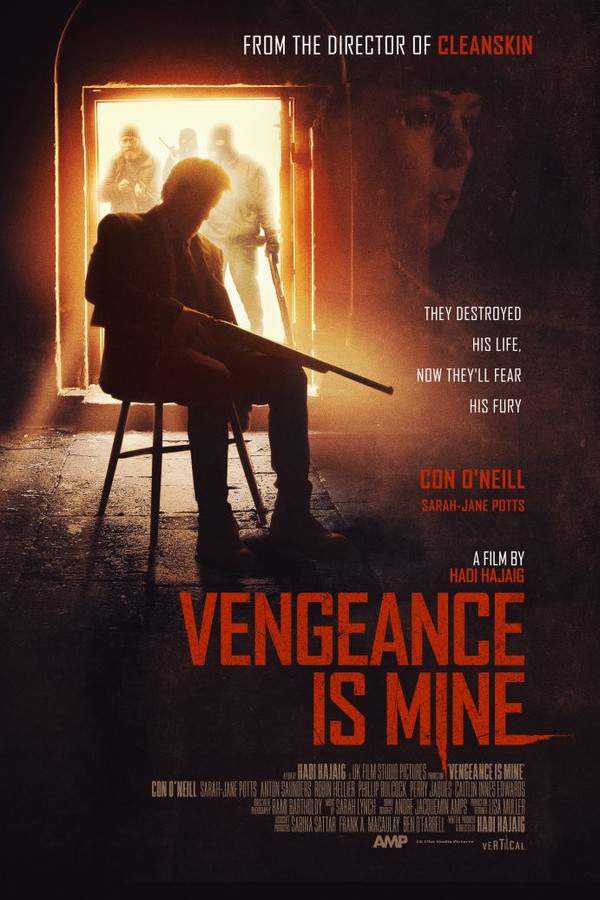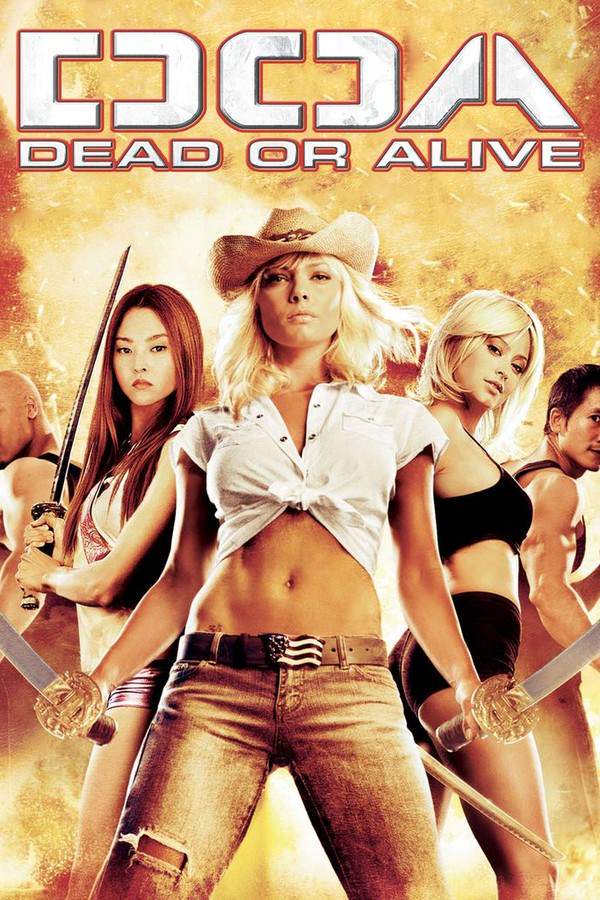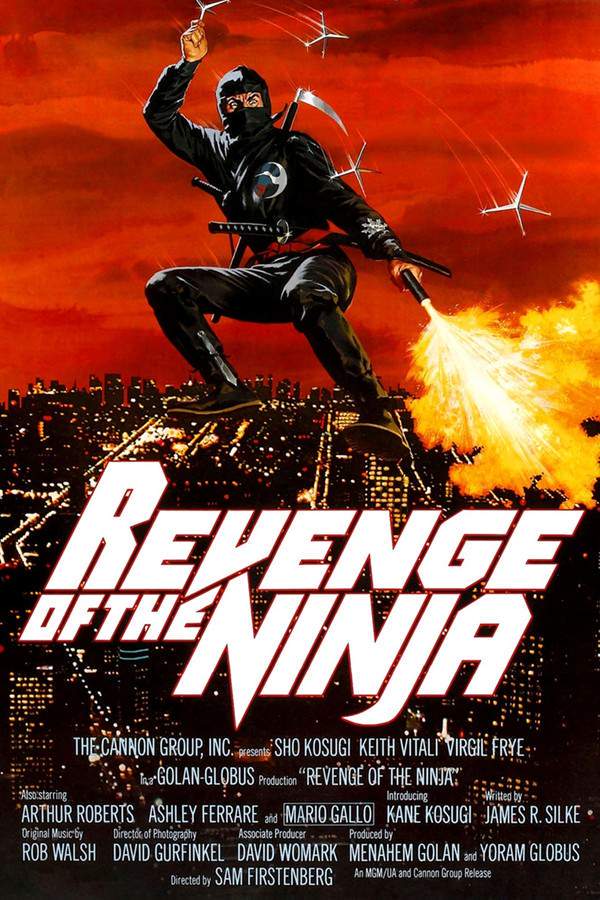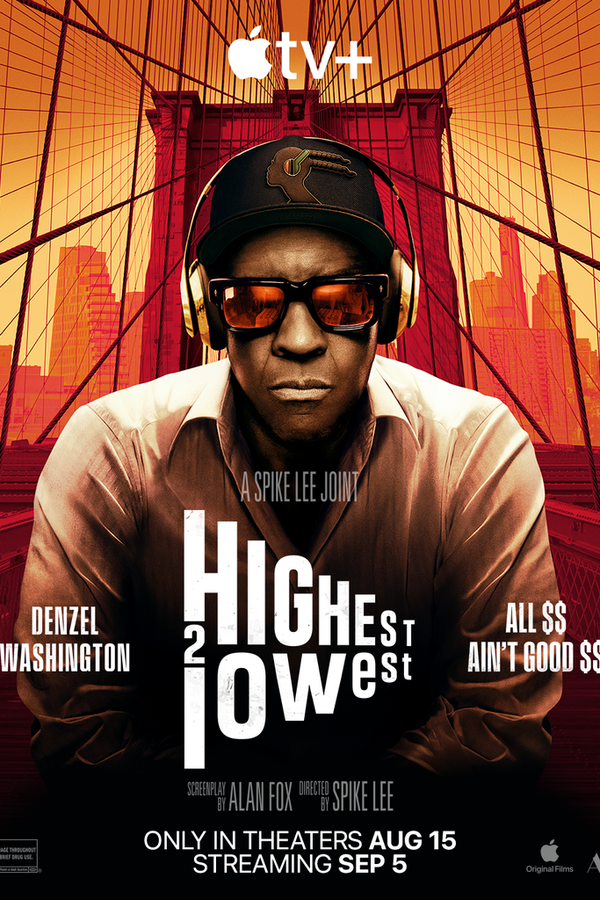High and Low 1963
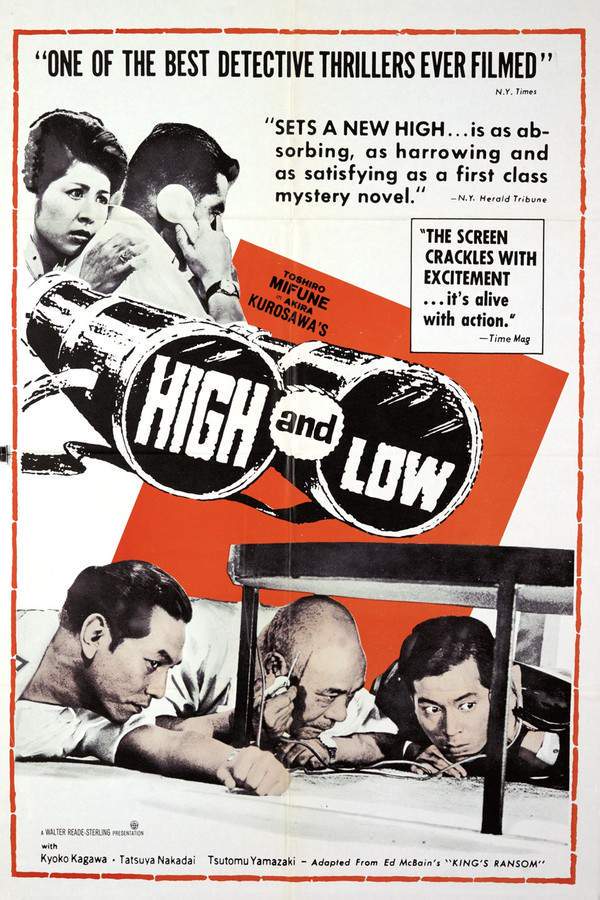
A wealthy industrialist’s life is thrown into turmoil when his son is kidnapped and a ransom demanded. Faced with an impossible choice, he must decide whether to pay the exorbitant sum or sacrifice the boy to protect his company and his family's future. This gripping thriller, directed by Akira Kurosawa and starring Toshiro Mifune, explores themes of class, morality, and the devastating consequences of desperate choices in post-war Japan.
Does High and Low have end credit scenes?
No!
High and Low does not have end credit scenes. You can leave when the credits roll.
Meet the Full Cast and Actors of High and Low
Explore the complete cast of High and Low, including both lead and supporting actors. Learn who plays each character, discover their past roles and achievements, and find out what makes this ensemble cast stand out in the world of film and television.
External Links and Streaming Options
Discover where to watch High and Low online, including streaming platforms, rental options, and official sources. Compare reviews, ratings, and in-depth movie information across sites like IMDb, Wikipedia, Rotten Tomatoes or Metacritic.
Ratings and Reviews for High and Low
See how High and Low is rated across major platforms like IMDb, Metacritic, and TMDb. Compare audience scores and critic reviews to understand where High and Low stands among top-rated movies in its genre.

90
Metascore
8.4
User Score


96%
TOMATOMETER

95%
User Score
Take the Ultimate High and Low Movie Quiz
Challenge your knowledge of High and Low with this fun and interactive movie quiz. Test yourself on key plot points, iconic characters, hidden details, and memorable moments to see how well you really know the film.
High and Low Quiz: Test your knowledge on the 1963 film 'High and Low', a gripping tale of morality and ambition.
Who is the wealthy executive struggling to maintain control of National Shoes?
Kingo Gondo
Jun
Shinichi
The Kidnapper
Show hint
Full Plot Summary and Ending Explained for High and Low
Read the complete plot summary of High and Low, including all major events, twists, and the full ending explained in detail. Explore key characters, themes, hidden meanings, and everything you need to understand the story from beginning to end.
A wealthy executive, Kingo Gondo, finds himself embroiled in a fierce battle for control over a prominent company known as National Shoes. Facing immense pressure, he contemplates a pivotal choice: should the company produce cheap, low-quality shoes aimed at the impulse market, or uphold its reputation for crafting sturdy, high-quality footwear? Gondo’s vision for the business leans towards the latter, believing that maintaining high standards and modern styling is crucial for the company’s long-term success. Yet, this plan comes at the cost of immediate profits, a gamble that does not sit well with the current board members.
Just as he is about to finalize a leveraged buyout to seize control—risking everything he possesses—his world is turned upside down with a chilling phone call announcing that his son, Jun, has been kidnapped. Initially dismissing the threat as a prank when Jun arrives home from playing, Gondo soon learns that the kidnapper has mistakenly taken the wrong child—Shinichi, the son of his chauffeur. As the urgency of the situation escalates, the kidnapper confirms the error but still demands the ransom. This leaves Gondo at a moral crossroads, caught between his commitment to save a child and his corporate ambitions.
After an agonizing night of reflection, Gondo resolves not to pay the ransom, aware that doing so could lead to his financial ruin and jeopardize the futures of his own family. However, his resolve is shaken when his unscrupulous assistant hints at using the kidnapping to garner support for the “cheap shoes” faction, and, under pressure from his wife and the desperate pleas from the chauffeur, Gondo ultimately decides to heed the demands of the kidnapper. Following the plan laid out by the perpetrator, Gondo reluctantly prepares the ransom in two small briefcases, tossing it from a moving train. To his relief, Shinichi is returned safely.
As events unfold, Gondo finds himself ousted from the very company he fought so hard to control, with creditors swiftly moving to claim his assets. Ironically, the public sees Gondo as a hero, while the National Shoe Company faces backlash and boycotts. Meanwhile, the police embark on an investigation to unravel the kidnapping, eventually locating the hideout where Shinichi was held captive. Tragedy strikes as they discover the bodies of the kidnapper’s accomplices, victims of an overdose from heroin supplied to them.
Through diligent detective work, law enforcement identifies the perpetrator, a medical intern with a grudge against Gondo, yet lacks irrefutable proof linking him to the accomplices’ deaths. In a clever ruse, the police manipulate the media into suggesting the accomplices have survived, thereby luring the kidnapper into a trap during a botched attempt to deliver more drugs. In a harrowing climax, most of the ransom is recovered; however, it is too late to salvage Gondo’s possessions from auction.
Facing the consequences of his crimes, the kidnapper, now imprisoned and awaiting a death sentence, requests a meeting with Gondo. With Gondo having taken up a position at a rival shoe company—one that pays significantly less but grants him greater autonomy—the two men confront one another. The kidnapper initially presents himself as unremorseful, but as he reflects on his motivations, the envy he harbored while witnessing Gondo’s affluent lifestyle becomes apparent. This encounter culminates in a powerful emotional breakdown as he confronts the reality of his tarnished life, ultimately revealing the harrowing cost of envy and desperation.
Uncover the Details: Timeline, Characters, Themes, and Beyond!

Coming soon on iOS and Android
The Plot Explained Mobile App
From blockbusters to hidden gems — dive into movie stories anytime, anywhere. Save your favorites, discover plots faster, and never miss a twist again.
Sign up to be the first to know when we launch. Your email stays private — always.
Discover Film Music Concerts Near You – Live Orchestras Performing Iconic Movie Soundtracks
Immerse yourself in the magic of cinema with live orchestral performances of your favorite film scores. From sweeping Hollywood blockbusters and animated classics to epic fantasy soundtracks, our curated listings connect you to upcoming film music events worldwide.
Explore concert film screenings paired with full orchestra concerts, read detailed event information, and secure your tickets for unforgettable evenings celebrating legendary composers like John Williams, Hans Zimmer, and more.


High and Low Themes and Keywords
Discover the central themes, ideas, and keywords that define the movie’s story, tone, and message. Analyze the film’s deeper meanings, genre influences, and recurring concepts.
High and Low Other Names and Titles
Explore the various alternative titles, translations, and other names used for High and Low across different regions and languages. Understand how the film is marketed and recognized worldwide.
Similar Movies To High and Low You Should Know About
Browse a curated list of movies similar in genre, tone, characters, or story structure. Discover new titles like the one you're watching, perfect for fans of related plots, vibes, or cinematic styles.
Quick Links: Summary, Cast, Ratings, More

What's After the Movie?
Not sure whether to stay after the credits? Find out!
Explore Our Movie Platform
New Movie Releases (2026)
Famous Movie Actors
Top Film Production Studios
Movie Plot Summaries & Endings
Major Movie Awards & Winners
Best Concert Films & Music Documentaries
Movie Collections and Curated Lists
© 2026 What's After the Movie. All rights reserved.


